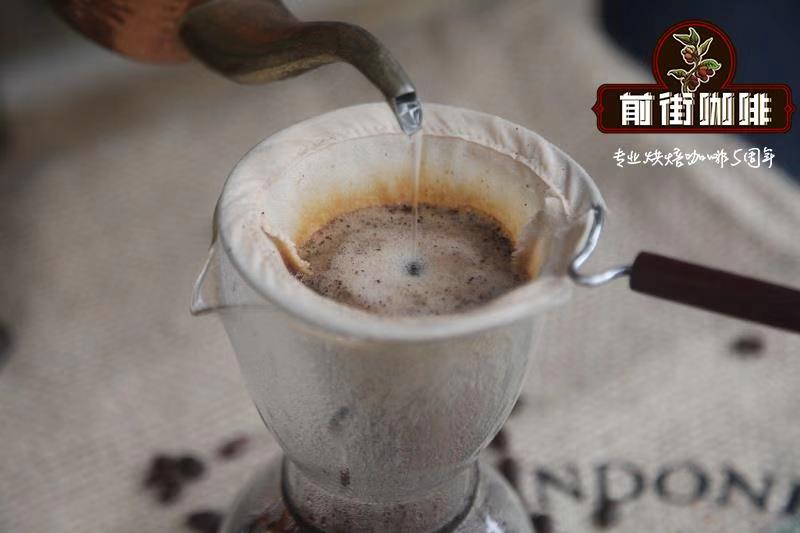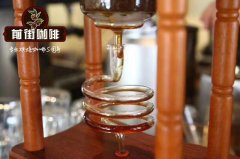What are the flavor characteristics of Costa Rican beans A brief introduction to the description of Costa Rican flavor

Professional coffee knowledge exchange more coffee bean information please follow the coffee workshop (Wechat official account cafe_style)
Introduction to the flavor characteristics of Costa Rican coffee in Qianjie
Costa Rica is located in Central America, the climate and soil conditions are very suitable for coffee growth, with a history of two hundred years of coffee cultivation. In recent years, Costa Rica conforms to the market trend and makes great efforts to develop high-quality coffee.
Although the output is small, but with its excellent quality, Costa Rican coffee with pure taste and rich aroma has occupied an important position in the international boutique coffee market. Costa Rican coffee has full particles, ideal acidity and unique strong flavor. S.H.B. It is a very hard bean with an altitude of more than 1500 meters above sea level, which means high quality Costa Rican coffee.
This extra-hard coffee bean suitable for medium and heavy roasting has a strong sour taste and charming aroma. Costa Rican SHG coffee is usually full of particles, clear flavor, bright acidity and ideal consistency. The strong flavor makes the tail rhyme reverberate in the throat for a long time, unforgettable.
Coffee was introduced into Costa Rica from Cuba in 1729. Today, the coffee industry has become an important source of economy in Costa Rica. About 1/3 of the country's people are engaged in coffee-related industries. Most coffee planting areas are above 1500 meters above sea level, because high altitude can increase the acidity of coffee beans, slow the growth of coffee trees and make the flavor of coffee beans more intense. S.H.B. It refers to extremely hard beans above 1500 meters above sea level, which means high-quality Costa Rican coffee. Costa Rica has subtle differences in coffee taste affected by a variety of winds, rain and natural light according to regional elevations.
The flavor of Costa Rica has always been steady, without the sharpness of Guatemala, it is quite mild and supple, sour, sweet and bitter chocolate, inclusive and well-balanced, is the classic flavor of gourmet coffee. Seven major coffee producing areas: Duriaba Valley (northeast of the capital San Jose), Central Valley (northwest of San Jose), Western Valley (west of the capital), Sanhe District (east side of the capital), Blanca (southeast of the capital), Orosi (north of the capital), Tarazu (south of the capital). Among them, the Central Valley, Tarazhu and Sanhe producing areas are the most famous.
Costa Rica is best known for honey treatment, which refers to the process of making raw beans by sun-drying with mucous membranes. After the outer pulp of the coffee bean is removed, there will be a layer of sticky jelly. The traditional method of washing is to wash it off with clean water, but because of the limitation of water resources in some high-altitude areas, there is this way of direct drying.
The honey treatment process is vulnerable to pollution and mildew, so it needs to be closely watched throughout the process, constantly turning, and speeding up drying, so as to avoid bad fermentation flavor. Its advantage is that it can best preserve the original sweet flavor of coffee ripe fruit, making the coffee show elegant black sugar flavor and drupe flavor, while the berry flavor also supports the basic aroma of red wine, which is considered to be a very elegant product. The popularity of honey-treated coffee beans is largely due to their sweet and thick characteristics.
END
Important Notice :
前街咖啡 FrontStreet Coffee has moved to new addredd:
FrontStreet Coffee Address: 315,Donghua East Road,GuangZhou
Tel:020 38364473
- Prev

A brief introduction to the flavor of Costa Rican coffee Tara beads Costa Rica Tarazhu coffee beans
Professional coffee knowledge exchange more coffee bean information please follow the coffee workshop (Wechat official account cafe_style) front street Costa Rica Tarazhu producing area of Costa Rica coffee flavor introduction Costa Rica is located in the Central American isthmus, latitude 10 north, west longitude 84. It faces the Caribbean Sea to the east and the North Pacific Ocean to the west. Costa Rica is located in the volcanic belt of the low latitudes of Central America, with the central plateau and mountains about 80% above sea level.
- Next

Costa Rican musician series coffee beans Costa Rican Chopin Coffee characteristics
Professional coffee knowledge exchange more coffee bean information please follow the coffee workshop (Wechat official account cafe_style) front street Costa Rican musicians series Chopin flavor introduction Costa Rica Carnett Manor Chopin producing area: Tara bead variety: yellow Kaduai altitude: 1700m treatment: raisin honey treatment raisin honey treatment is a kind of double
Related
- Beginners will see the "Coffee pull flower" guide!
- What is the difference between ice blog purified milk and ordinary milk coffee?
- Why is the Philippines the largest producer of crops in Liberia?
- For coffee extraction, should the fine powder be retained?
- How does extracted espresso fill pressed powder? How much strength does it take to press the powder?
- How to make jasmine cold extract coffee? Is the jasmine + latte good?
- Will this little toy really make the coffee taste better? How does Lily Drip affect coffee extraction?
- Will the action of slapping the filter cup also affect coffee extraction?
- What's the difference between powder-to-water ratio and powder-to-liquid ratio?
- What is the Ethiopian local species? What does it have to do with Heirloom native species?

